
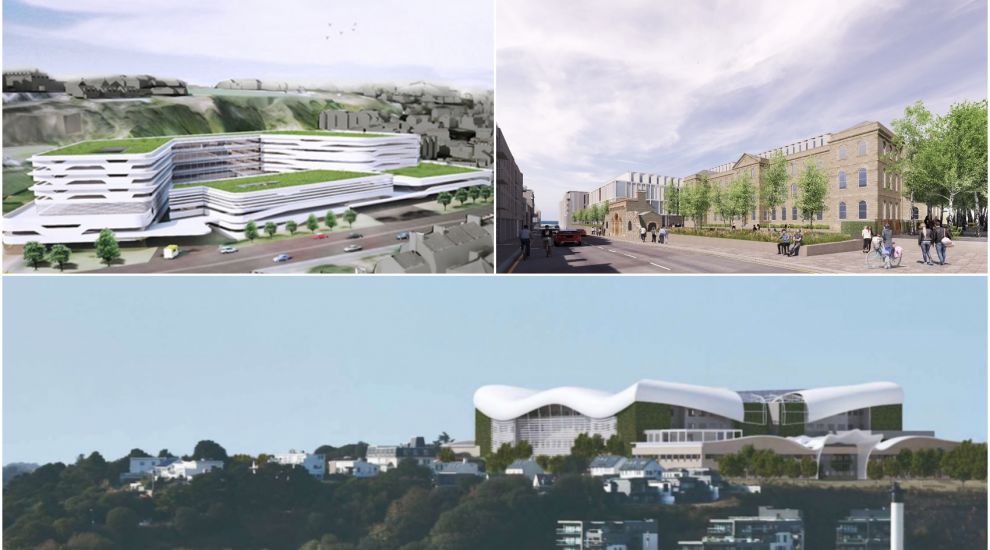

From £297m to £804m across several different funding and construction plans... the hospital project has seen a steady increase in both cost and scale over the past six years.
The intention to build a new hospital was first announced in 2011, a decade ago, while the decision-making process kicked off for the first time in 2015, going through several iterations and pushbacks.
With both its funding and scale again coming under particular scrutiny this week, Express examines the evolution of the hospital project over the past six years...
Back in early 2015, the Government was at a turning point that somewhat feels familiar to islanders now - they were due to choose the location to build the new hospital.
At that time, the figure attached to the project was £300m, with then-Health Minister Andrew Green due to give the announcement of the chosen site in May of that year.
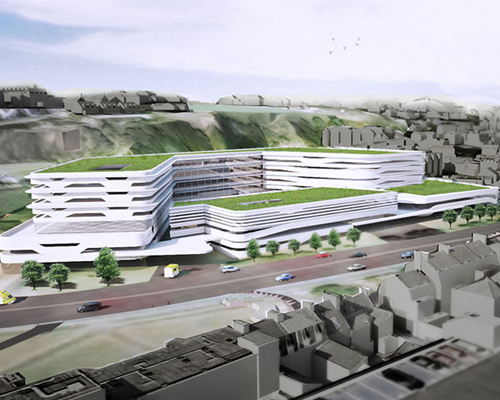
Pictured: Though People's Park was only ever shortlisted during the project's evolution, it was at one point considered “the best-performing short-listed option in relation to clinical efficiency.”
Two months before this date, however, then-Treasury Minister Alan Maclean announced there was likely to be a shift in these costs - taxpayers would possibly have to fork out another £50m, with the price tag rising to £350m.
After this hike, the announcement on the location of the site got delayed until September. In the meantime, talk of the £350m figure rising to £400m soon reached the public, on top of a potential £1bn repayment of debt over the coming years.
As the price rose, the date for the announcement of the preferred sites stretched too, with Senator Green now delaying it until January 2016.
Another month’s delay, in February 2016, the sites were finally announced following a £2.5m research project.
The site options in question were:
Following this announcement, it became a matter of Senator Green versus green space, as the parishioners of St. Helier and their Constable hit back at the idea of giving up the People’s Park.
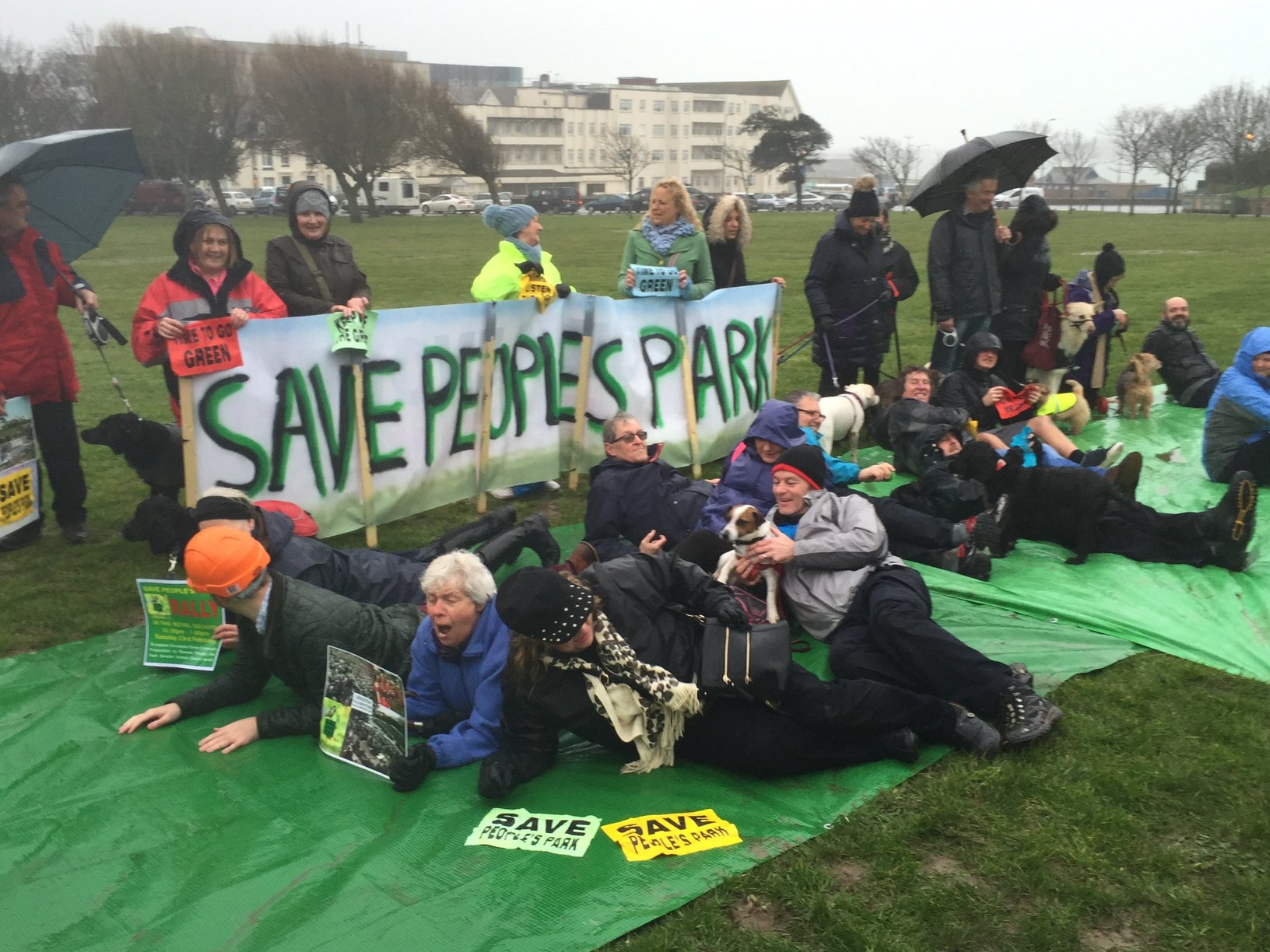
Pictured: Protests and pushback from the Parish meant that People's Park was removed from these shortlist in 2016.
Senator Green had previously stated that, though a final decision on the site had not been made, the park was to be a “strong contender”. Ministers echoed this, saying it was “the best-performing short-listed option in relation to clinical efficiency.”
However, opposition soon escalated to protests in the park, with islanders lying down in front of a bulldozer in the park in a bid to keep the park untouched and ensure it remained in Parish ownership.
This was a sentiment shared by St. Helier Constable Simon Crowcroft, who called for a debate to remove the park from the shortlist.
But, in a sudden twist, even before this debate could take place, Senator Green resigned himself to defeat, withdrawing the location from the shortlist himself in the same month that he had announced it.
Despite having months earlier said that it would cost £630 million, Senator Andrew Green returned to the States Assembly in June to tell them that building on the current site was now Ministers’ preferred choice, and that it would cost around £450m.
According to him, the Planning Department indicated they would consider allowing a higher build on the site, to minimise its footprint.
In December 2016, this latest version of the Future Hospital was voted on, with a £466m price tag attached to it, and an aim to start work in 2017 and finish by 2022.
Almost immediately after this in January 2017, questions of how it should be funded sprung back up.
And then, within the same month, much like the Health Minister had done with People’s Park, Treasury Minister Alan Maclean shocked Assembly members by withdrawing his funding proposition altogether.
Despite these funding issues, a planning application for the eight storey high, 44,880m2 building was still put in for June 2017, with its Outline Business Case suggesting a total size of 49,000m2 of new development.
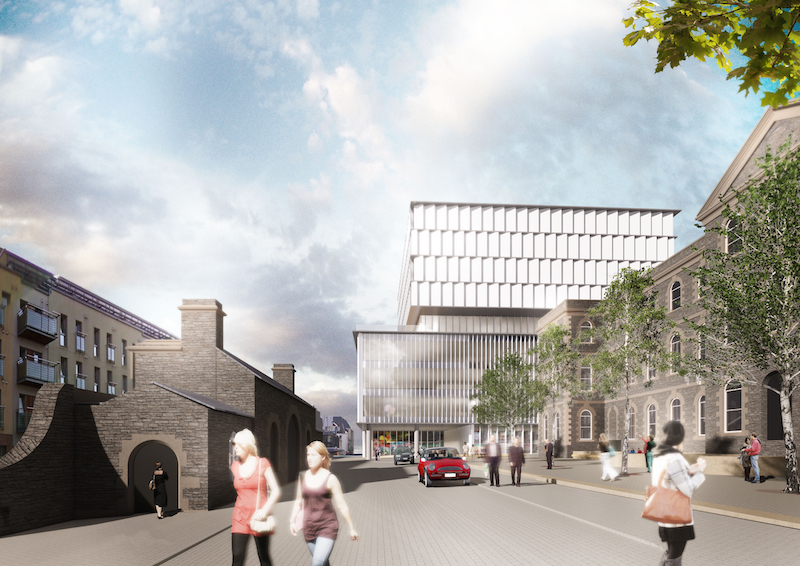
Pictured: Designed by Hassel, the plans for the new hospital to be built on the current site at Gloucester Street were submitted in 2017.
But even with a new funding plan agreed - which would have been a mix of borrowing up to £275 million and money out of the Government’s own rainy day fund - the Future Hospital project was about to be dealt its biggest blow yet.
However, it was noted that the proposed site of the General Hospital was appropriate, and that they didn’t think the challenges surrounding the demolition of a number of properties along Kensington Place was enough of a reason to object to the application.
And so with £23m spent on simply trying to get the project off the ground, they went back to the drawing board again, with Senator Maclean warning that further delays could push up the cost of the project.
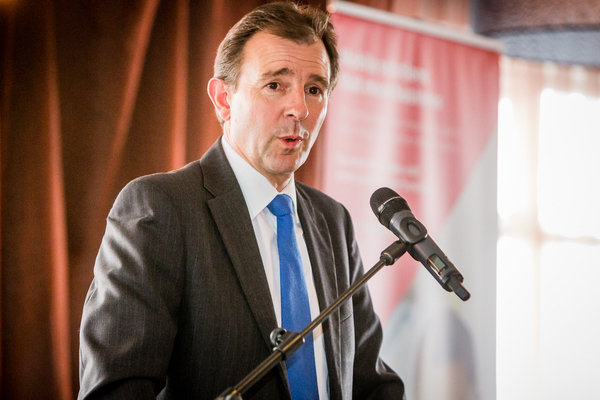
Pictured: Former Treasury Minister Senator Alan Maclean warned in 2018 that further delays to the hospital project would push up costs.
But history was to repeat itself - in 2019, newly elected Environment Minister Deputy John Young rejected a revamped planning application for the site again after advice from the same planning inspector.
The three nails hammered into the project’s coffin were:
With a new Government and the idea of building on the current site kicked off the shortlist, it seemed to be back to square one for the Future Hospital Project in 2019.
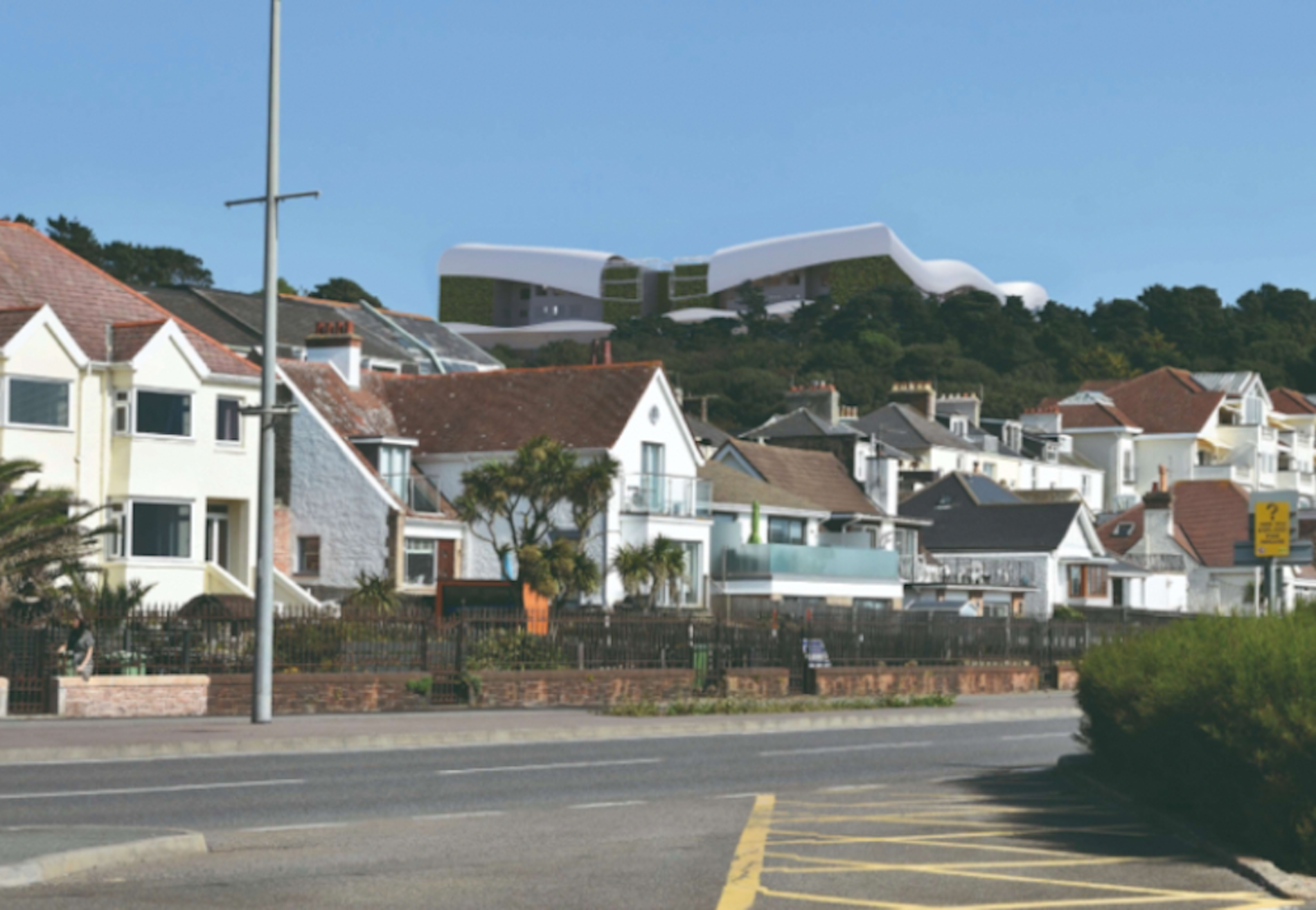
Pictured: Overdale was announced as the new choice for the hospital site in October last year, with a cost of £804m attached to it.
With £44.6m having been spent on the previous project, a further £7m was needed to kick the process back into action. This included a whole new team leading it, a 'political oversight group' chaired by Senator Lyndon Farnham, a new site selection process - and a new name, with the 'Future Hospital' project becoming known as 'Our Hospital'.
After a number of delays in 2020 due to the pandemic, the final site selection process reached its climax, and time repeated itself, with People’s Park causing controversy once more as a top two contender for the site.
However, in a move that Deputy Kirsten Morel dubbed the “least surprising announcement of 2020”, Overdale was announced in October last year as Ministers’ preferred choice.
At the time of announcement, it was estimated that the project would stretch to around approximately 70,000m2 across one site.
The maximum difference in cost between Overdale and People's Park, including large figures for contingency, £60.2m. Long term cost and logistical benefits will also be derived from the Overdale single site solution #OurHospital pic.twitter.com/sBCGBngyhE
— Sen. Lyndon Farnham (@lyndonfarnham) October 12, 2020
According to the latest Outline Business Case, the hospital is now due to be around 66,947m2 if Health and Community Services are able to achieve certain "efficiencies", or 79,618m2 if not.
Though the cycle of hospital selection is seemingly broken for now, there’s one pattern that hasn’t stopped: the mounting costs.
Upon announcement, Senator Lyndon Farnham said that the cost of building at Overdale would be around £550m.
However, the report released shortly after showed a figure over £250m more than that - to include additional costs and contingency funding - with the report estimating around £804m would be spent on building the new hospital.
But that won't be the overall spend.
The Government is planning to pay for the project with two £400m bonds. Once they are paid off in 40 years, with interest, the island will have spent £1.4bn.
Those figures came under intense scrutiny this week, with Senator Farnham due to reply to a list of more than 20 questions on the project, including how estimated costs have been calculated.
Despite facing several challenges, Senator Farnham maintains that the project is still on track - if that remains the case, there will no longer be a 'Future Hospital' project by 2026, but simply a new hospital sitting in Jersey.
Comments
Comments on this story express the views of the commentator only, not Bailiwick Publishing. We are unable to guarantee the accuracy of any of those comments.